Martin Seeds interview with Photograd 2016
"After a decades of bombings, shootings, thousands of deaths, psychological trauma, tribal politics and a large British military presence the 1998 Good Friday Agreement brought peace to Northern Ireland. An outcome of the peace agreement was the creation of a local parliament, the Assembly, which attempts to bring together all rival communities to jointly govern the province.
Assembly is a body of work set in the Stormont Estate, the home of the Northern Ireland Assembly. The work uses the power of photography to generate allegory - letting the plants, trees and foliage deliver a message from the grounds surrounding the Northern Ireland parliament building about the struggles embedded in a fragile political landscape.
Assembly suggests the importance of the grounds around the parliament building as a common material space beyond culture in which difference and likeness are both articulated and intertwined in a natural world outside of the political chamber."
Where did you attend university and what year did you graduate? I studied for an MA Photography at the University of Brighton. The course finished in September 2016 but I won’t graduate officially until February 2017. I have friends who studied at Brighton and they recommended the course. Although it is founded in photography the course sits within a fine arts framework and encourages students to cross technological boundaries, and engage with film, video, sound and installation – but also supports students who are interested in photography's engagement with performance, painting and sculpture.
What are some standout moments from your time at university? When I make a body of work I make different pieces that can look discrete but which explore my ideas in different ways. Assembly is made up of parts (i) through (vi) - there are hand prints made from contact printing the darkroom with my phone screen, architectural plans, a close up of fossils and a number of landscapes. Bringing all those parts together in the final year show and figuring out how my work sits together in a space is an important part of making - and there is something quite final about putting the work on the wall. We also had to make a book dummy and that was enlightening. The book edit, design and printing, the final hand-folding and stitching brings a new relationship to the work.
Which photographic genre do you consider your work to fall into? From your existing genres, the Assembly project would sit under Landscape – although I don’t consider myself a landscape photographer and I really don’t like genres. Someone wrote that my work sits somewhere between documentary and allegory - I like the vagueness of that.
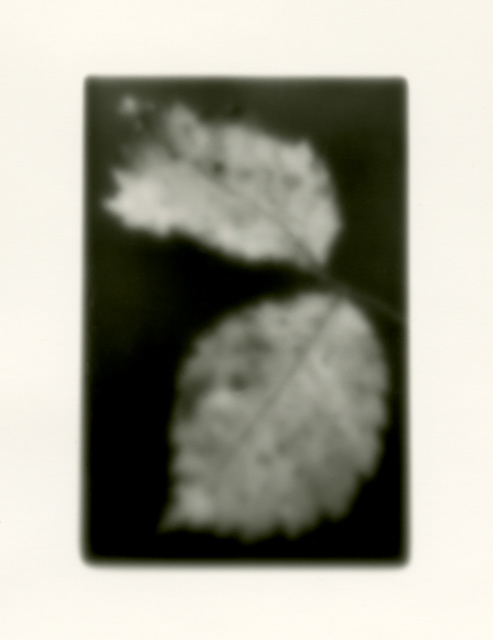


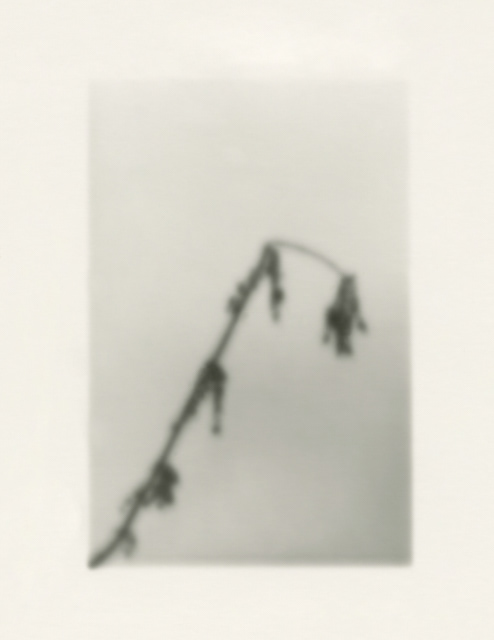
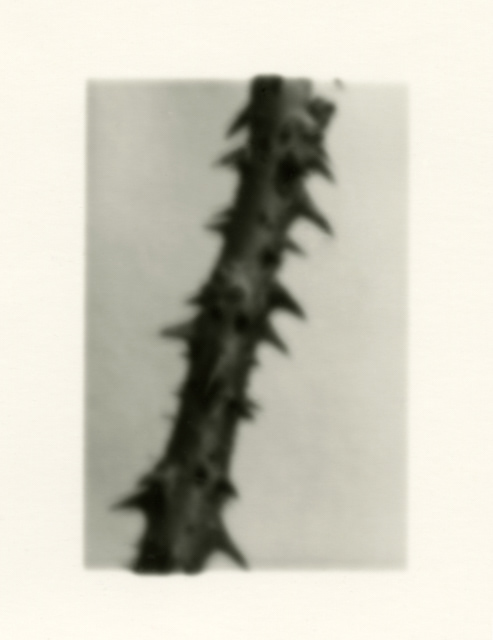
What themes do you find yourself exploring? In a very broad way I’m interested in the symbolic landscape. I get drawn to how people generate narratives and meaning from space and place to form a bond of attachment which goes to create a sense of identity. By symbolic landscape I mean a space and place that has, or is believed to have significant cultural meaning - that exists beyond the geographical form. My work is made primarily in Northern Ireland which a great place to study such things. It’s a place rich with folklore, myth and romanticised notions of belonging. There is a heavy sense of nationalism and a patriotism that’s entwined with religious bigotry. I have a background interest in technology, however I don’t make work about technology- it doesn’t interest me as a subject to make work about and I don’t feel it warrants my fetishizing. I like to use technology and technical processes but always to enhance an idea and sometimes to produce an aesthetic which can direct the viewer’s thoughts.
What inspired or encouraged you initially to make Assembly? About 6 years back I produced a small publication titled Birds over Stormont. The A3 booklet contains a poster image of a distant flock of birds on one side. The birds are flying in formation across a sky of uniformly grey clouds in the Stormont estate - where the Northern Ireland Assembly is situated. From the photographs, I took that day, I tightly cropped out individual birds and placed them on a separate page of the booklet with the name of a political party below them. It was symbolic of the forced coalition of government in Northern Ireland– flying together, whilst remaining individual but always needing each other to move ahead within the realm of the unknown. Birds over Stormont was a small piece of work but it was the foundation of a future project. The political landscape has always been turbulent in Northern Ireland however there has been more upheaval recently and this has led to the collapse of the Assembly this January (2017) - Brexit has only added to this political uncertainty. I felt that the time was right to make work about the fragile political landscape. Not wanting to approach a political subject head on I simply explored the idea of the fragile political landscape by surveying the manmade landscape around the parliament buildings – the woods and parkland of the Stormont estate.
Do you think Assembly could be viewed without its text to give the opportunity to place personal experiences and emotions onto the work, or do you think the text encourages this? There is some unfortunate baggage still held on to in the photography world/market. One of those pieces of baggage is that photography is only about conveying information, storytelling and narrative – you should be able to ‘get it’ without referring to some explanatory text. Whilst I agree it can deliver on these fronts there are a lot more practices that edge away from that paradigm and allow photography to be about photography. The shift to digital photography and its blurring with networks, systems and algorithmic interpretations of the world has provided fresh opportunities for non-pure narrative photographic based art works. My Assembly work is allegorical and non-narrative. There are stories in the work or rather in the subject matter that the work touches on – perhaps the stories are latent within the viewer, and the artwork is a stimulus that can release them. For Assembly I tried to use text that was loose enough to allow this, and factual enough to provide a context should someone want it. Alex Kane, a political commentator in the province, wrote a beautiful text in which he talks about the bond between people, place and history – there is plenty of text but only if viewers want it.
What does Brexit mean to you and do you think it will influence your future work? I think Brexit is part of a set of world events that contributes to the reshaping of the UK and Europe. We can see how populist voting across Europe and the rise of nationalism are fueling each other to harden borders. Populations are looking inward and there is a struggle between security and the free movement of goods and people – there is a struggle between globalism and nationalism. After Brexit, Northern Ireland will have the UKs’ only land border with the EU. As part of the 1998 agreement that brought peace to the province, that border was dissolved which allowed the free flow of people between the North and the South of Ireland - this also softened any psychological barriers to the acceptance of the peace agreement as the island was no longer divided - we were all Europeans. This is where it gets complicated in Ireland because post Brexit you can’t have that hard split between one identity and the other (British/non-EU or Irish/EU) because you are legally entitled to have both. I don’t know what plans are afoot to politically and legally make sense of my two passports, the border and the peace agreement. For me it is material for new work.

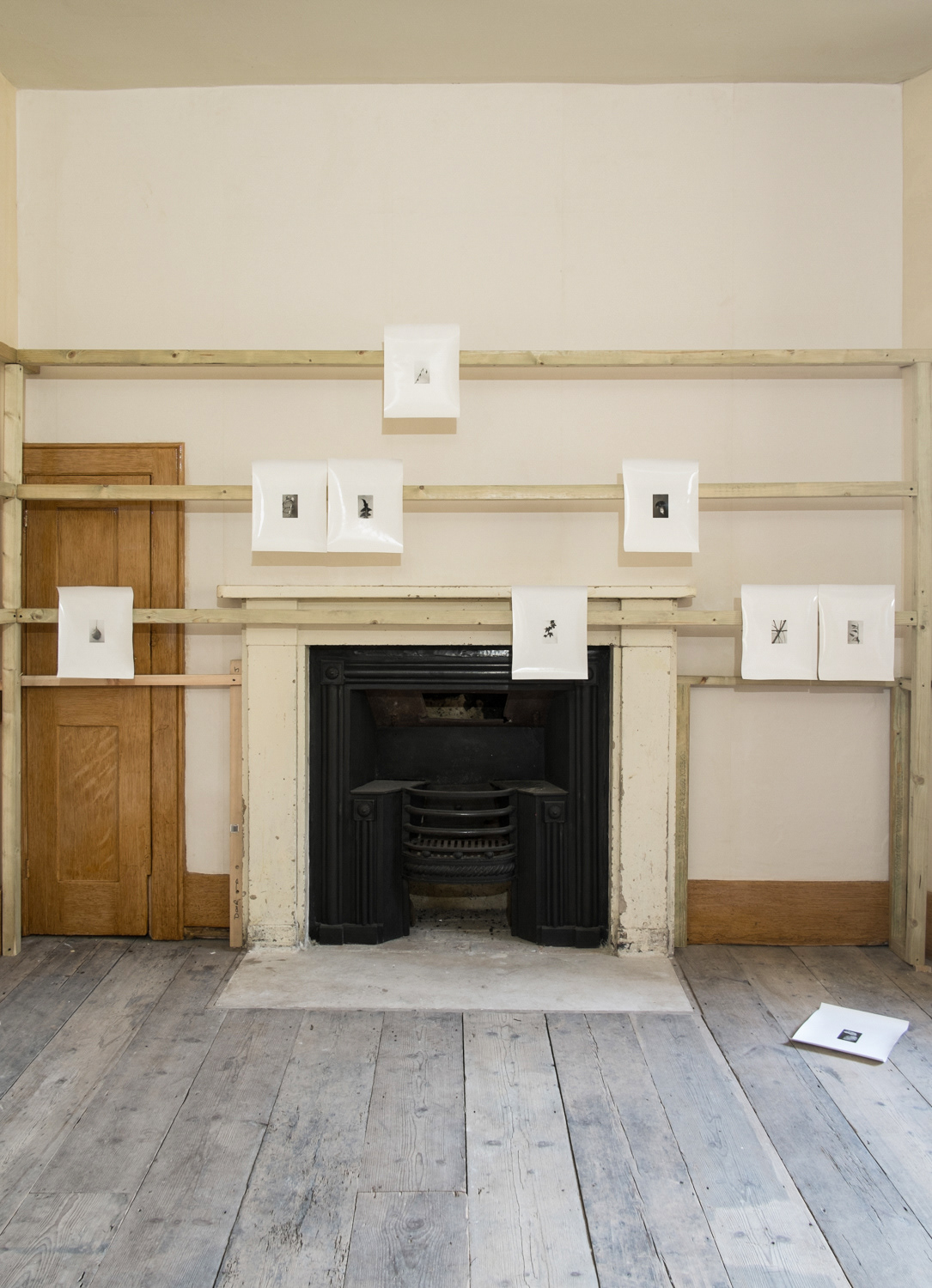
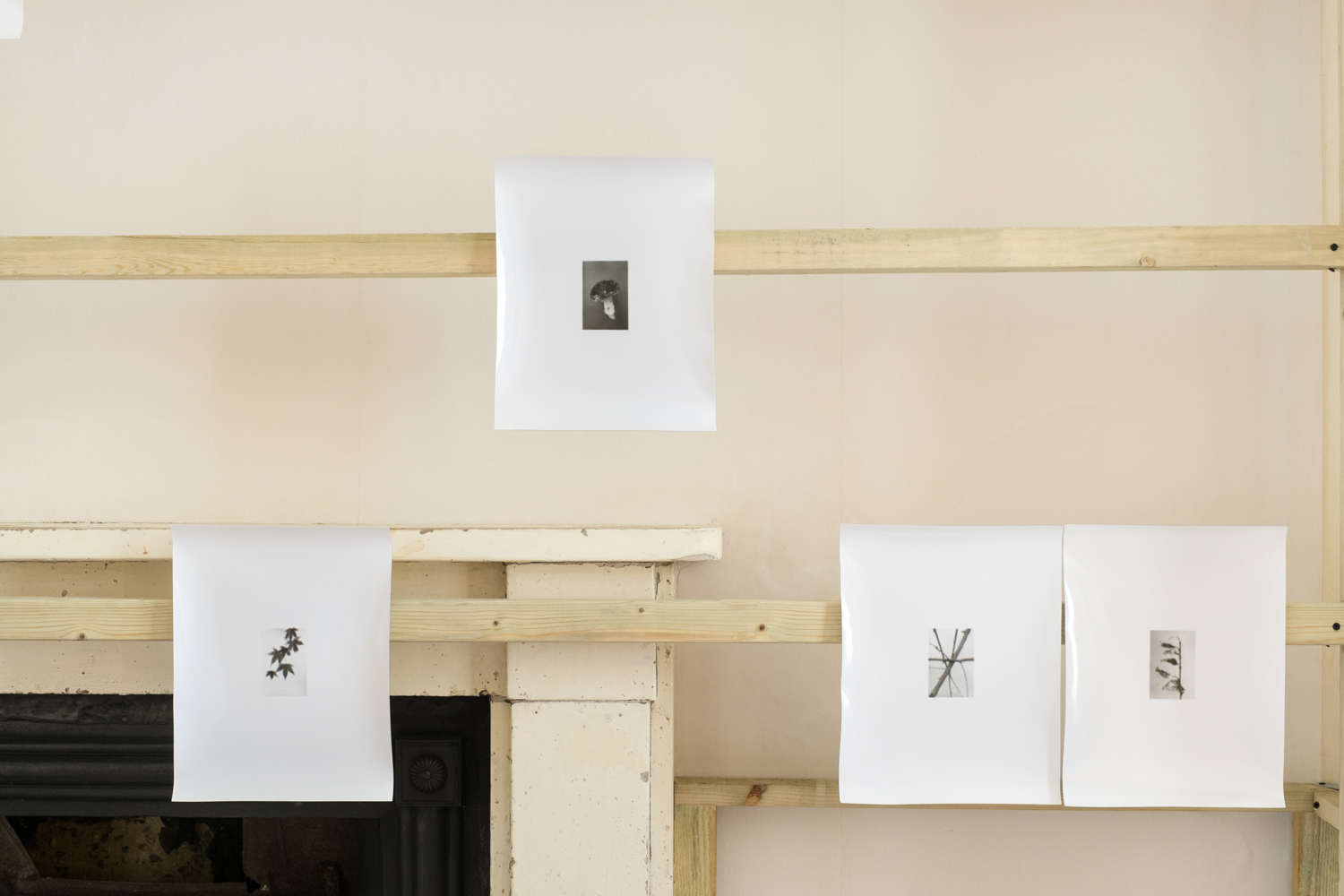

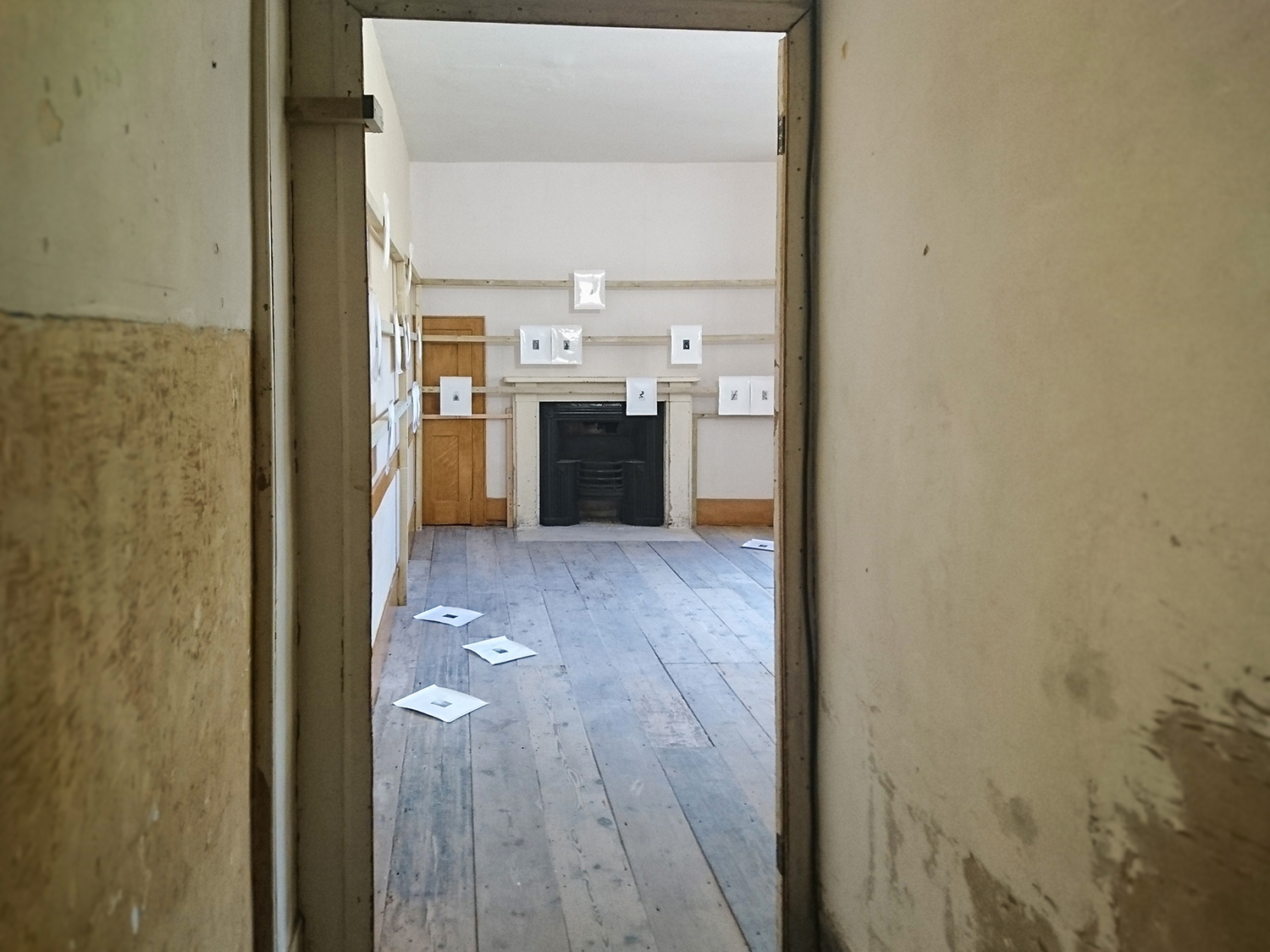
Assembly, 2016.
Site specific installation a The Regency Town House Brighton.
Site specific installation a The Regency Town House Brighton.
In your installation shots we can see that you hung your work in a really unique way, you’ve even got some prints on the floor. Can you explain your process and reasoning for this? The hanging and over all presentation of my work is something I like to plan carefully. If I can, I visit a space several times, draw plans, take photographs and make a scale model. I consider the architectural features, dimensions, the light, flooring, the view a visitor has when first walking onto space.
I’ve learnt to become flexible with how my work is presented to ensure it doesn’t contest with an exhibition space – the visitor shouldn’t have to spend time over coming that disagreement before considering the work. For example, the photographs of plant fragments from Assembly iv (made by contact printing with an old iPhone) works well as grid of 6 rows by 6 columns. The grid represents order and power whilst the sculptural shape of the paper and the small soft focus prints made the whole arrangement look fragile. When I visited the Regency Town House in Brighton, where I last installed Assembly, I realised that this large grid (1.8m x 1.45m) would conflict with the space. The Regency Town house is a conservation project and when you visit you feel you can’t touch anything because of the delicate nature of the building. I wanted to work with that feeling to strengthen the notion of frailty in my work.
Nothing could be attached to the walls of the Town House because of conservation issues so a floating wooden sub frame had to be built. This thin floating frame meant the viewer could still experience the atmosphere of the space whilst my images ‘floated over its surface’. I placed a few images on the floor to give the impression they had fallen off the sub frame – the fibre paper prints are un-pressed and have a natural curve so the notion of fallen leaves was not such a great leap for the viewer.
Behind the entrance door of the exhibition room (not shown in the installation photographs) is a large store cupboard. The cupboard made a perfect space for a slideshow projection of Assembly vi – 60 positive and negative landscapes. I only thought of this part of the Assembly project as framed prints, hung on the wall in pairs. However, the space gave me the opportunity to me rethink how I could show all 60 images without over whelming the room. Because it was tucked away, the visitor wouldn’t see the slideshow until they walked deeper into the space and turned around to leave.


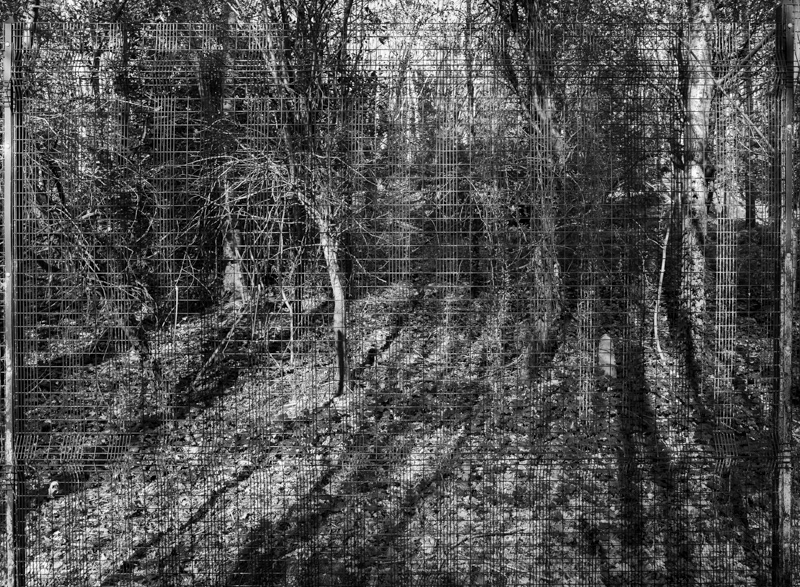
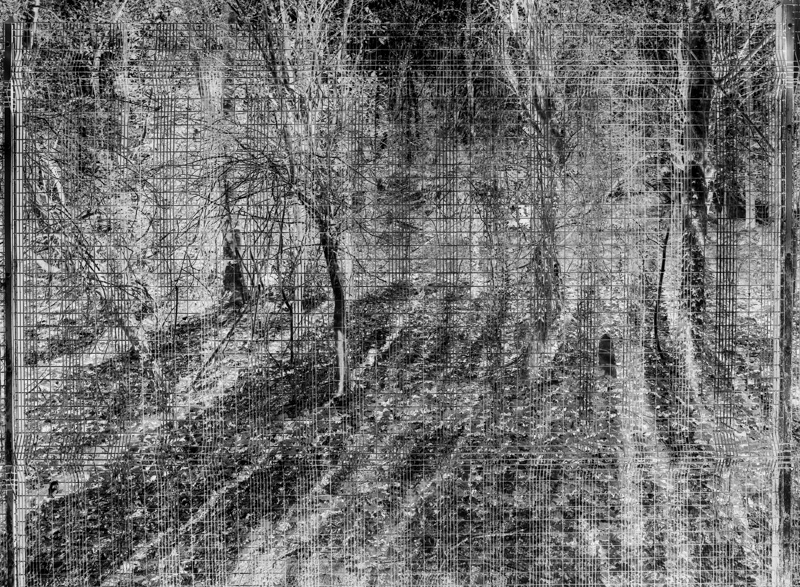
What photographers inspired you when making Assembly? Were you influenced by any photographic theory? My main visual inspiration came from Forests and Fields by Collier Schorr ; Nuremburg by Juergen Teller; Michael Schmidt’s books UNITY and NATUR. While working on the project I read theory books on landscape and power along with poetry by Seamus Heaney and W.B. Yeats.
How long did it take you to make this work? Did you enjoy the process? I spent about a year and half on the project. My family in Belfast are very supportive. I stay with my parents and I borrow my father’s car. My mother makes amazing soup. I take a flask of it with me on cold days. I shoot early in the morning and a few hours before the sun goes - of course later in the night with flash. I made a set of 5x4 close-up photographs of the parliament buildings Portland stone façade and that was an interesting negotiation – a lot of blank stares from security and police, but they got to know me and after a few visits paid little attention. For Assembly part iv I would wander around the Stormont estate with an old iPhone and three pieces of coloured card - black, orange and yellow. I used the card as a background to isolate plant fragments. I was wary of doing something unusual in a security conscious place. Colours are very symbolic in Northern Ireland and you need be careful as they can signal an allegiance to a political or terrorist group. I would always hide the coloured cards under my coat when I wasn’t using them. It was probably completely unnecessary but based on paranoia fuelled by the history of the place. I had a few odd stares from dog walkers when I was kneeling in the woods taking phone photographs of leaves while holding an orange piece of card – no one shouted “wierdo” but I could hear it in their eyes.
Even though it takes a lot of effort, planning and negotiation I always enjoy the process of making. If I am not enjoying it, I stop and head home.
Even though it takes a lot of effort, planning and negotiation I always enjoy the process of making. If I am not enjoying it, I stop and head home.